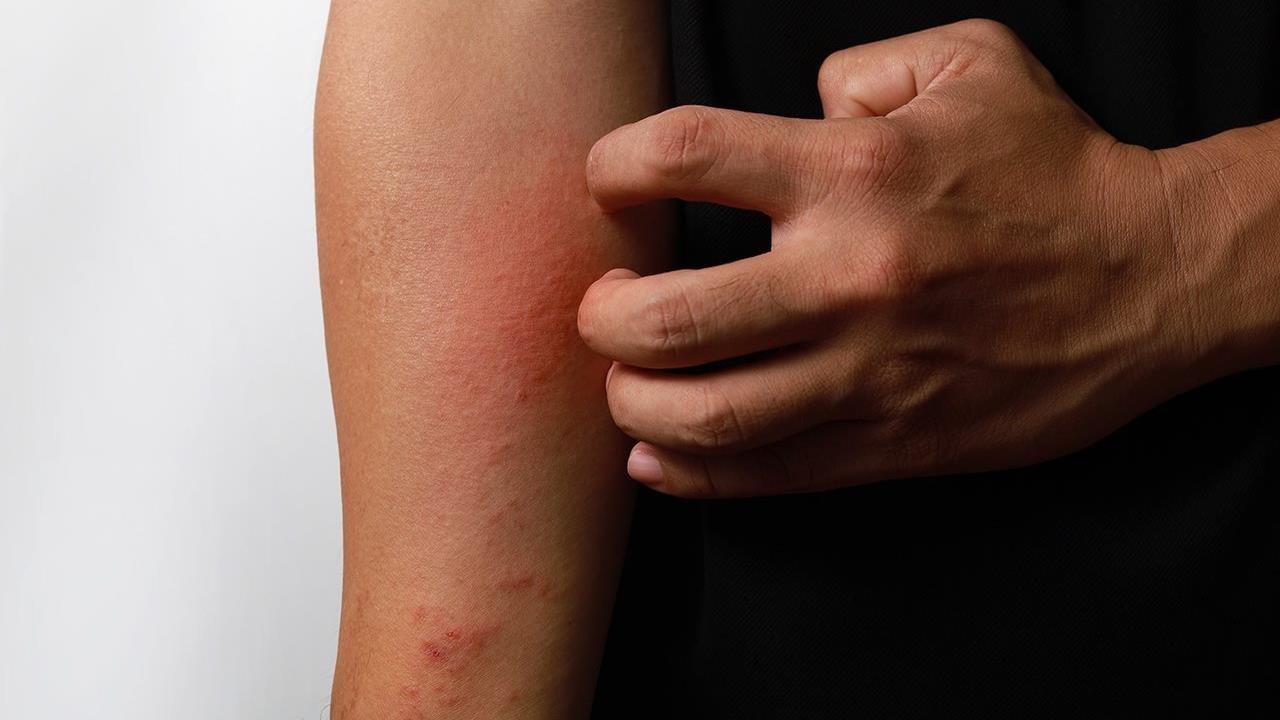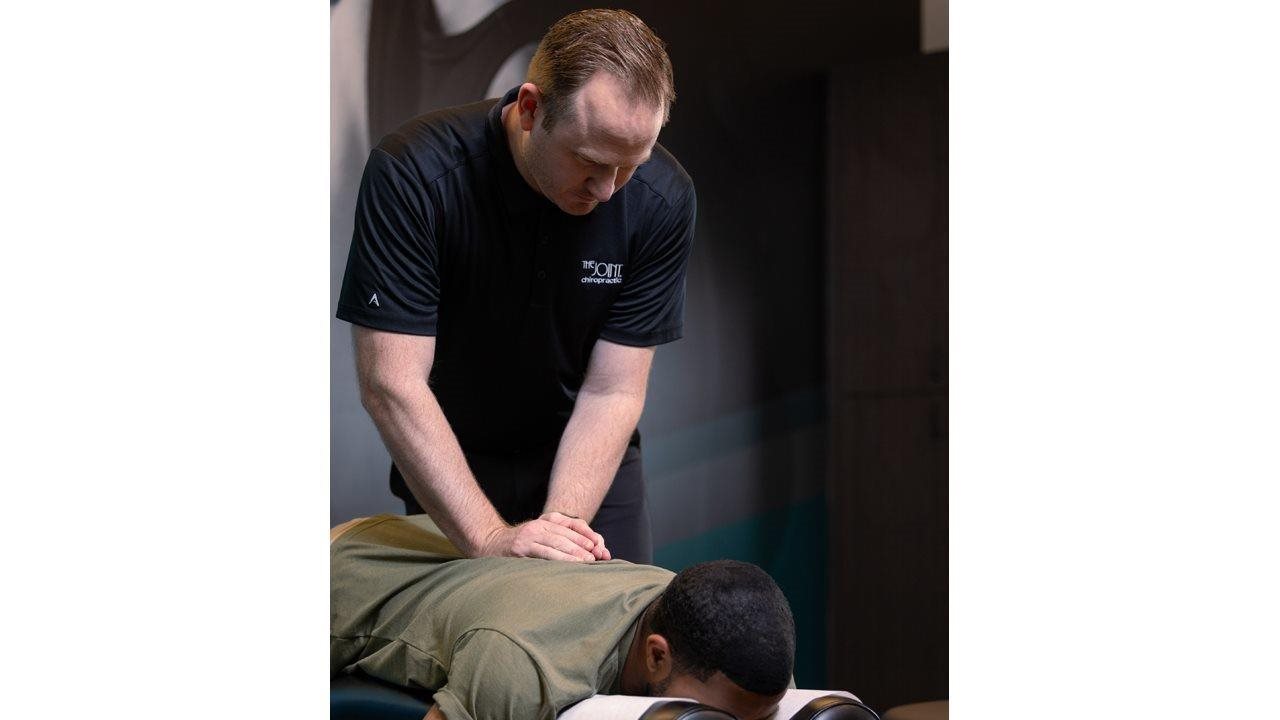2024-09-23T07:01:00
(BPT) – Sponsored by Sanofi
As a parent, it’s not uncommon to arrive at your child’s annual wellness doctor’s appointment with a laundry list of questions for their doctor. From overcoming picky eating habits, to ensuring your child is hitting important developmental milestones, these visits present the perfect opportunity for parents to get direct feedback on a wide range of topics pertaining to health and wellness. While every child is unique — with their own specific needs and challenges — there is one crucial discussion that is often overlooked from these conversations: asking about getting your child screened for type 1 diabetes-related autoantibodies.
Every year, there are an estimated 27,000 newly diagnosed youth cases of type 1 diabetes in the United States alone. Despite this, there isn’t yet an established protocol for proactive early screening for type 1 diabetes. Instead, parents often find out their child has type 1 diabetes after they may already be experiencing symptoms, which can be severe and even life-threatening in some cases, rather than finding out in advance as part of an annual wellness visit at the doctor.
There’s no time to waste when it comes to type 1 diabetes, which is why prioritizing early screening for your child is so important. If you don’t know where to start, below are some key facts to keep in mind about the impact type 1 diabetes may have on your child’s health — and you can learn even more by talking to your doctor about screening for type 1 diabetes or by visiting The1Pledge.com, which has resources about how to schedule a telehealth visit and other screening options which you can discuss with your doctor, including at-home testing.
Understand your child’s unique risk factors
Family history, certain other autoimmune conditions, and viruses can all impact a child’s risk of developing type 1 diabetes. Thinking about the following questions might be a helpful first step for parents:
- Does anyone in your family have type 1 diabetes?
- Does your child or anyone in your family have another autoimmune condition, such as celiac disease or Hashimoto’s disease?
- Has your child ever had certain types of viruses, such as coxsackievirus B, rotavirus, mumps, or cytomegalovirus?
While knowing the answers to these questions related to common risk factors is important, it’s key to also keep in mind that many of the risk factors for type 1 diabetes are unknown. For instance, while family history is a risk factor, approximately 90% of people diagnosed with type 1 diabetes have no family history of type 1 diabetes at all. With facts like these in mind, it’s best to err on the side of caution and make early screening a priority, no matter your child’s unique background. If you haven’t already, talk to your doctor if you think your child might be at risk and ask about screening for type 1 diabetes.
Learn the early warning signs – but don’t wait for them
Understanding the symptoms of type 1 diabetes, such as excessive thirst, frequent urination, and exhaustion, is important. However, what’s even more important is understanding that finding out earlier, before symptoms appear, about a potential type 1 diabetes diagnosis is possible through screening. Screening and monitoring may even help reduce the risk of a child getting seriously ill at the time of diagnosis.
Early screening can also give an entire family more time to get familiar with type 1 diabetes and prepare for a new normal, which might include learning about blood sugar monitoring or securing a care team, including an endocrinologist — a specialist who cares for people with diabetes — close to home, who you can build trust with and rely on for continuity of care.
Until there are established national protocols for type 1 diabetes screening, the onus falls on parents to get their children screened for type 1 diabetes. Consider the impact an unexpected type 1 diabetes diagnosis could have on your child’s health and talk to their pediatrician about screening.
Sanofi does not provide medical advice, diagnosis, or treatment — information is provided for educational purposes only. Your doctor is the best source of health information. Talk to your doctor if you have any questions about your health or treatment.




















